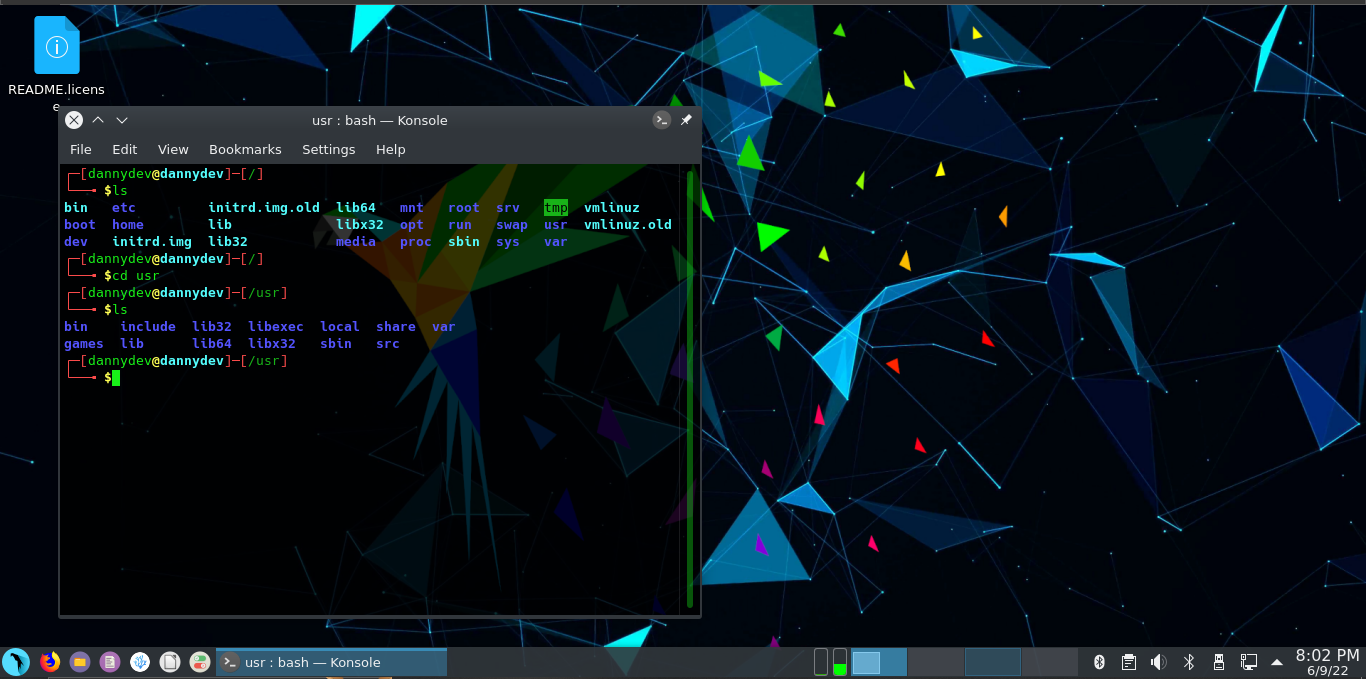Getting started with Linux: Part 1
June 9, 2022, 8:03 p.m.
Getting started with Linux: Part 1
The Linux operating system can be difficult to get started with especially if one is only used to working on windows.
However, it doesn't have to be that way, and that is why I'll be covering some Linux fundamentals that anyone can get started with.
For you to get started with Linux, of course, you need to have one. So Let's cover the installation process. (won't go deep)
However, I won't cover the actual installation
Installation
1. Linux on Windows os - WSL
This is probably the easiest and fastest way to get started with Linux without the need for a full-blown os.
Head over to Microsoft Installation guide and follow the guidelines.
Soon you should have a windows subsystem for Linux on your Windows 10 machine (2004) or later.
2. Linux on Virtual Machine
This method has two steps to it
i) Download a virtualization software common ones being Virtual Box(Oracle) and VMWare.
You should ensure you have virtualization enabled on your computer. Refer to guidelines from the manufacturer.
For this case, I would recommend VMWare as it is much easier to set up. Visit VMWare VmWare workstation and download the installer.
ii ) Download your favorite Linux distribution
My recommendation
Ubuntu - Pretty straightforward, and easy to use
Parrot Security OS - If you love privacy, a simple and easy-to-use environment, cybersecurity, and pen testing, then this is a good choice. I use Parrot Os (which comes pre-installed with most of the hacking tools)
Kali Linux - For our hacker friends and pentesting also ( comes pre-installed with most of the hacking tools)
3. Dual Booting
This requires you to install two operating systems on your machine. Not recommended if you don't know what you're doing but hey, you can just crash your computer that way you get to learn how to do things the hard way.
4. Installing A Linux on the computer
Just the same way you have windows running on your machine, you can get rid of it and replace it entirely with a flavor of any Linux distribution.


Related Blogs
Linux Commands: Part 2
Linux Administration
Deploying a Django application on a CentOS 7
Leave a comment